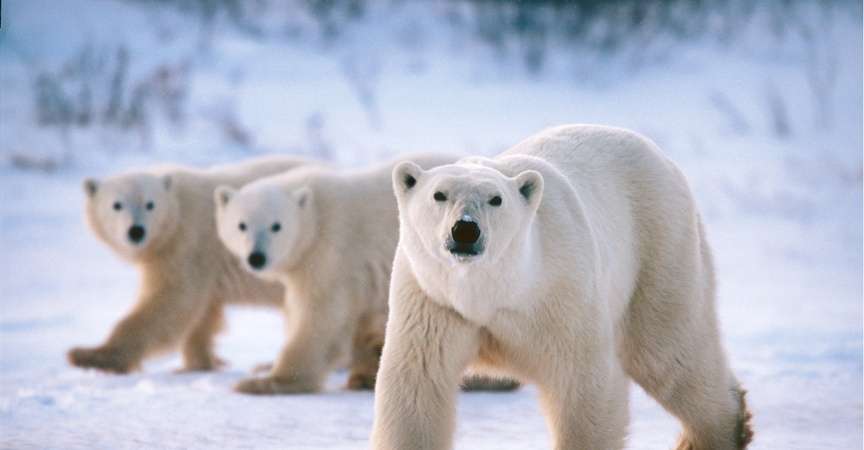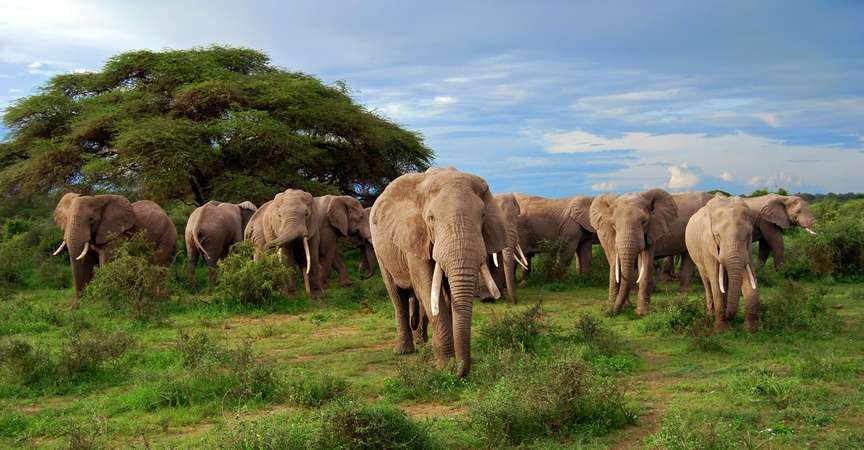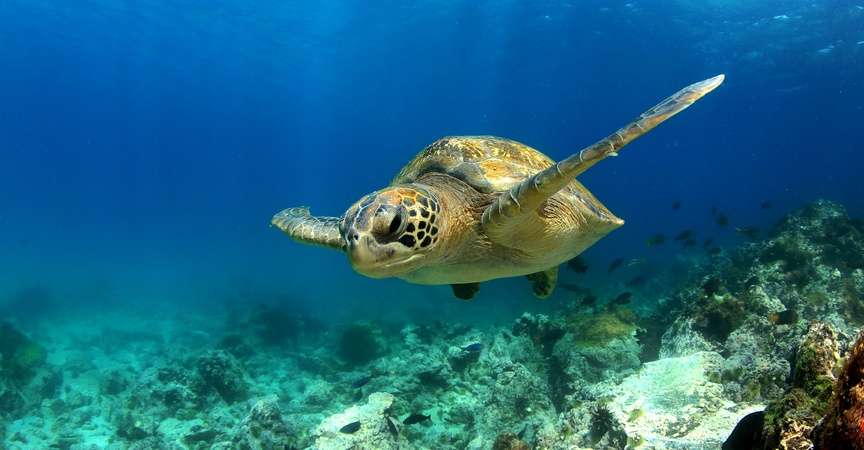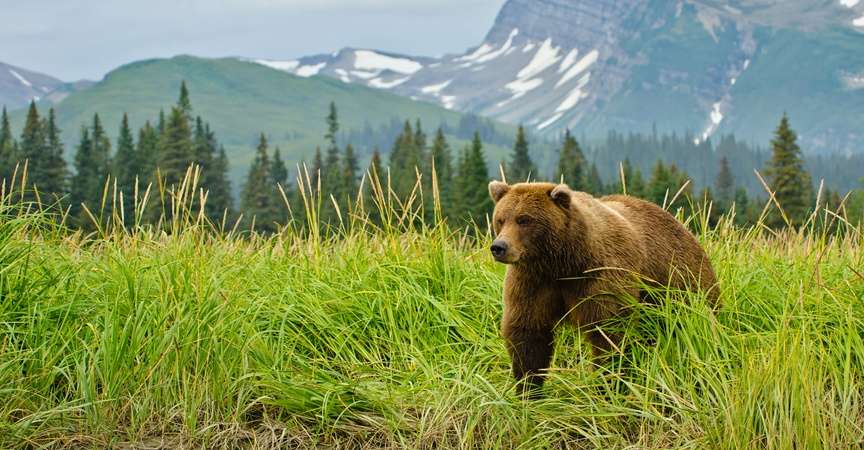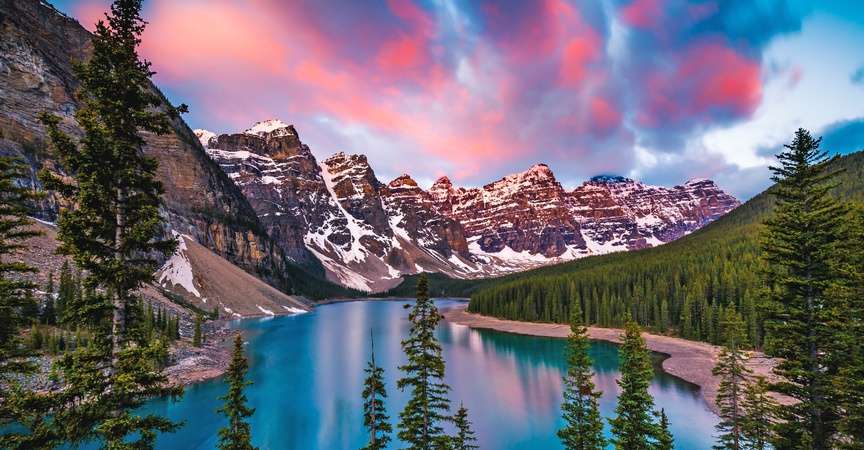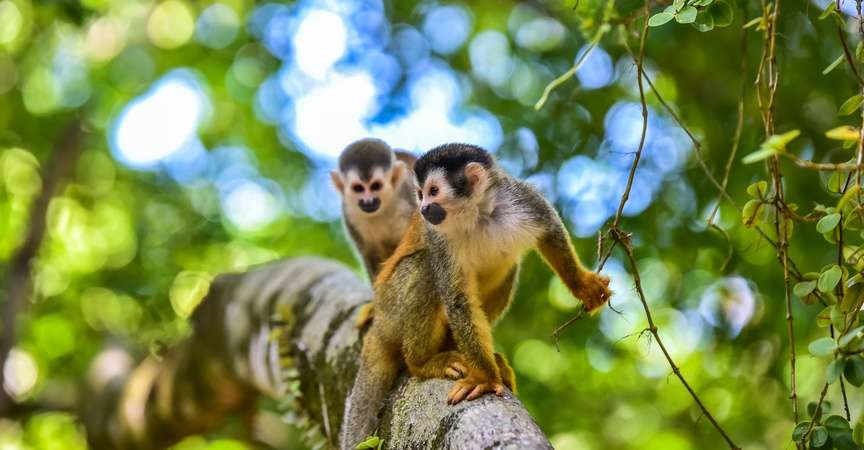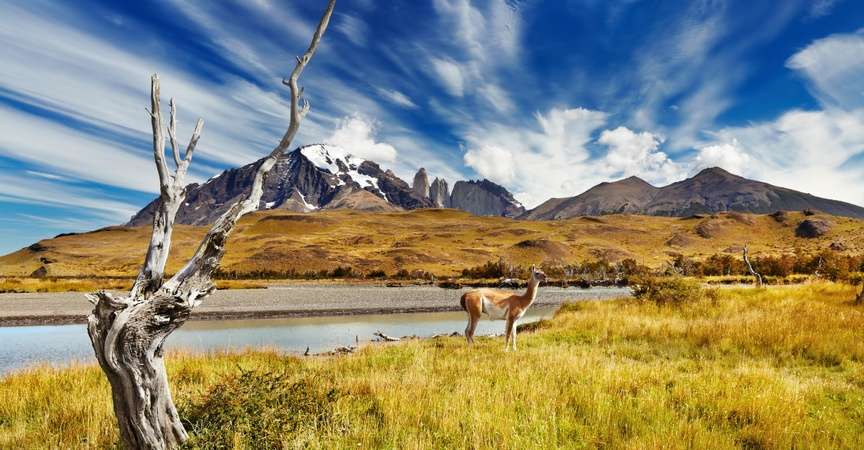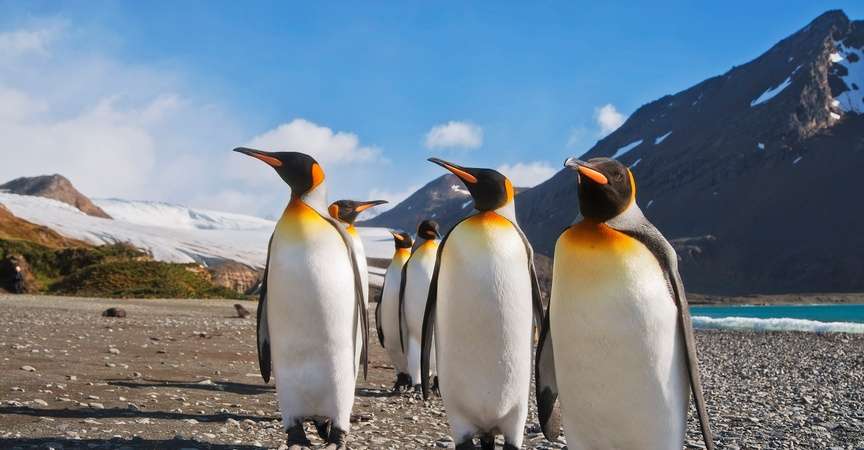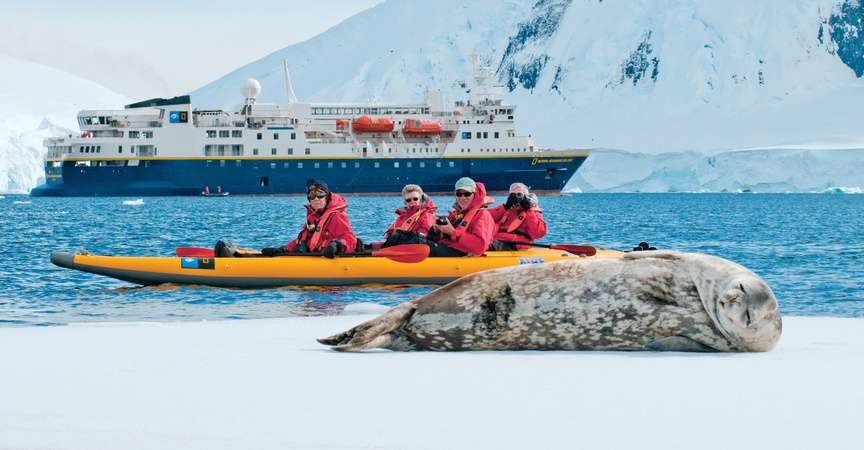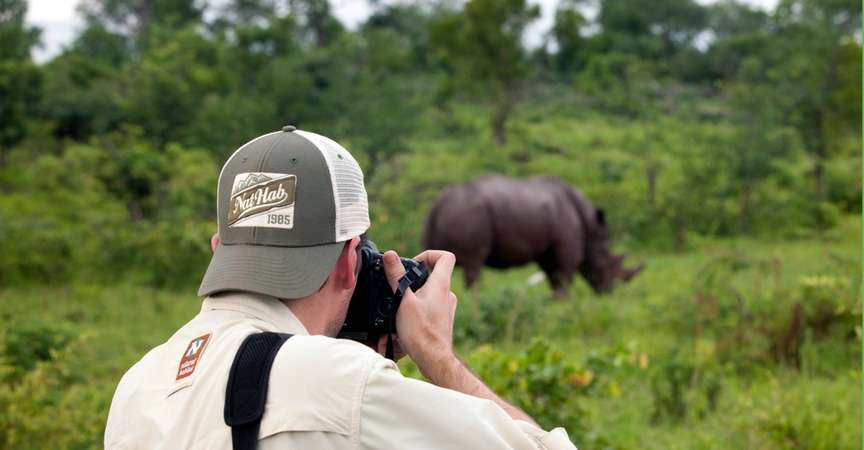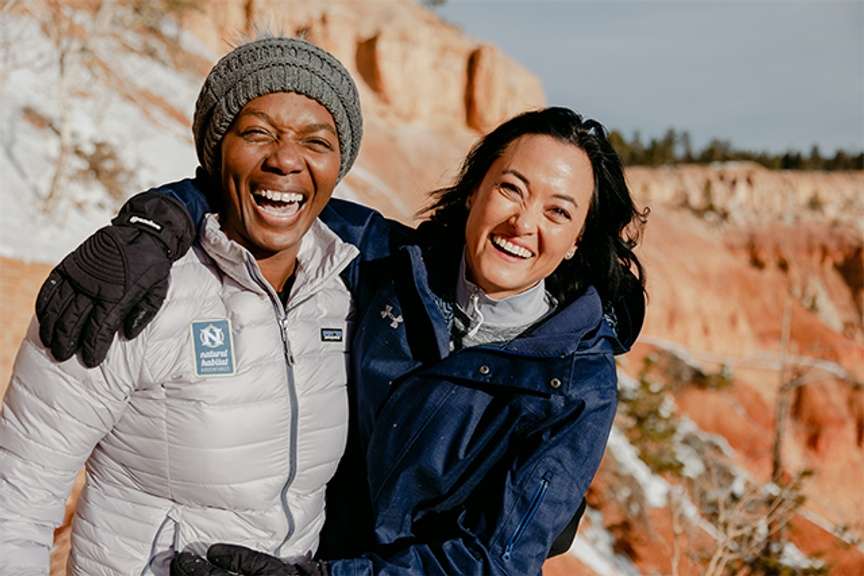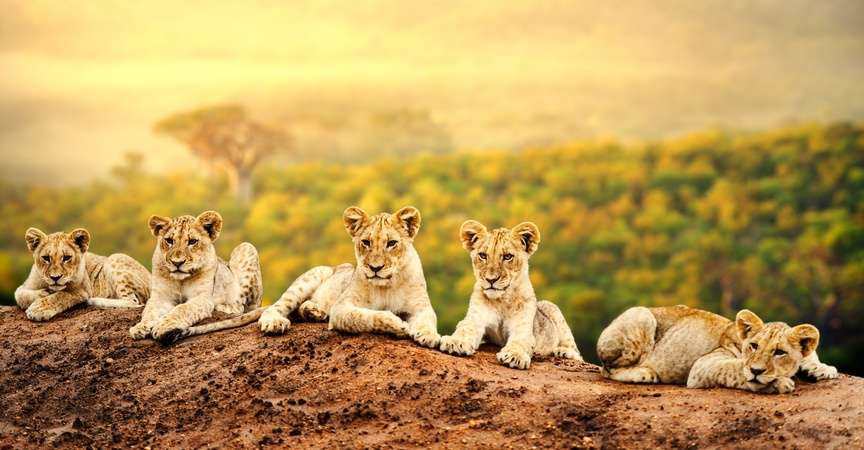By Nat Hab Expedition Leader Eddy Savage
Nat Hab’s Wild Side of China Photo Expedition is a spectacularly unique journey through renowned nature reserves and culturally significant sites. From an architectural and cultural perspective, we will spend time in large cities, small towns, ancient walled villages and remote high-altitude villages. From a nature and wildlife perspective, we will spend time in lush sub-tropical and higher altitude sub-alpine environments. The photographic subjects are incredibly interesting and varied throughout the trip. I’ve put together a few of my “must-haves” I take with me on every photo expedition I lead in China. Enjoy!
My Camera Gear for China’s Nature Reserves
This is a longer expedition with lots of walking and short hikes, and we move every couple of nights for most of the journey. I have tried several camera lens combinations over the years and found that simple and versatile is the way to go. I don’t want to be weighed down as we tackle our next hike, and I also don’t want to feel overwhelmed by my lens choices. Here is my typical camera setup:
Camera Body
- Nikon Z6 (full-frame mirrorless)
Lenses
- 24-70mm f4 – If you’re ever on an expedition with me, this lens will become known as my “go-to” lens for day-to-day shooting. At 24mm, it’s wide enough to accomplish 99% of landscape shots and 99% of people, city and architecture shots. It’s small as well, so walking through crowded streets or even wearing it all day long on my camera harness isn’t a huge burden.
- 100-400mm f4.5-5.6 or similar – A telephoto lens with some flexibility goes a long way. When we are out searching for wildlife or birds, having the reach of a 400mm lens is wonderful. This range of lens is also typically a manageable size for travel. Another perk of a telephoto-zoom lens is using it to make some forced-perspective landscape photos, one of my favorites.
Now, with that said, this is by no means what you need for this expedition. I find this is what works for me. The age-old saying, “The best camera is the one you have with you,” goes a long way! Whatever system you end up bringing, my general recommendation is that you have the capability to shoot landscape (wide) and wildlife (telephoto).

© Eddy Savage
Camera Accessory Recommendations for a China Nature Photo Expedition
Polarizing Filter
- I will bring the polarizing filter for my 24-70mm lens. A good quality polarizing filter can be a wonderful addition to your kit. If used correctly, they can remove reflections from any non-metallic surfaces, such as the reflections of wet leaves or harsh sunlight reflecting off the surface of a lake. This allows for more vibrance and deeper/richer colors to prevail in your photography. It also reduces the amount of light reaching your image sensor and can help with blurring moving water when used with a tripod.
Neutral Density Filter (or Kit)
- I started regularly using a Neutral Density Filter (ND-8 filter is my most versatile, but kits often come with several options) a couple of years ago because I was trying to achieve specific blurred water effects in some of my landscape photography. Essentially, all they will do is reduce the amount of light reaching your image sensor so you can lower your shutter speed to achieve these effects. I will only use these in conjunction with a tripod.
Travel Tripod
- Having a tripod in the field can help you achieve some specific shots. I use mine most for capturing specific shots where I want to blur moving water, capture moving clouds or film a timelapse. Some of the mountain streams in the national nature reserves are perfect for this. Adding this effect to your images can add an entirely new element to your photo. Pair the tripod with a Neutral Density Filter or Polarizing Filter, and you can ensure your camera is still enough to get a sharp image while the water blurs. Anyhow, I only bring my tripod if I intend to try these more advanced types of photography, and I want to make sure it’s small enough to pack and carry easily.

© Eddy Savage
Camera Harness / Strap
- I don’t think my camera has had a “stock” neck strap on it for some 10 years or so. I find that these straps can become quite cumbersome and don’t secure the camera well enough for my liking. All the in-and-out of vehicles, walking up and down varying terrain, clothing layers, etc. I find I get tangled in the stock camera straps often. I also carry the camera for over 10 hours a day, so having something that takes the camera weight off my neck is ideal. I currently use a camera harness that secures my camera to my chest and straps it down so that even when bending over, it doesn’t move at all. Find what works best for you, and go with that!
Microfibre Towel (3ft x 2ft)
- On a rainy day in the Great Bear Rainforest, I saw a colleague pull out this 3ft x 2ft microfibre towel and, in one swift motion, dried off all parts of their drenched camera and stowed it away in their bag. Since then, a medium-sized microfibre towel has lived in one of my pockets whenever I’m in the field. Whether it’s rain, snow, mist or a spill, having a solid absorbent cloth makes drying your precious camera gear a breeze. There’s always a chance of rain in the mountains of China, and a microfibre cloth is a great tool to carry with you!
These are the items I carry in my personal camera kit while on a photo expedition in China with Natural Habitat Adventures. It works for me, but it might not work for you! Whatever gear you bring on this expedition, make sure you’ve tried it out at home and are somewhat familiar with its workings. And don’t forget to take lots of pictures!

© Eddy Savage










